
Hearst Communications, Inc., often referred to simply as Hearst, is an American multinational mass media and business information conglomerate based in Hearst Tower in Midtown Manhattan in New York City.
Yellow journalism and yellow press are American terms for journalism and associated newspapers that present little or no legitimate, well-researched news while instead using eye-catching headlines for increased sales. Techniques may include exaggerations of news events, scandal-mongering, or sensationalism. By extension, the term yellow journalism came to mean stories that were emotional or exaggerated and featured topics like crime, sex or violence.

The 1890s was a decade of the Gregorian calendar that began on January 1, 1890, and ended on December 31, 1899. In American popular culture, the decade would later be nostalgically referred to as the "Gay Nineties". In the British Empire, the 1890s epitomised the late Victorian period.

Newsies is a 1992 American historical musical drama film produced by Walt Disney Pictures. Directed by choreographer Kenny Ortega from a screenplay written by the writing team of Bob Tzudiker and Noni White, it is loosely based on the New York City newsboys' strike of 1899. Featuring twelve original songs by Alan Menken with lyrics by Jack Feldman and an underscore by J. A. C. Redford, it stars Christian Bale, Bill Pullman, Ann-Margret, and Robert Duvall.

Max Casella is an American actor. He is known for his roles on the television series Doogie Howser, M.D., The Sopranos, Boardwalk Empire, Vinyl, Cro and the voice of Daxter in the Jak and Daxter video game series.
The London plan is a largely antiquated system of newspaper distribution in which the paper carriers buy newspapers in bulk from the publisher and sell the papers to the reading public for a profit. The plan was imported from London to the United States by Benjamin Day in the nineteenth century.
Newsboy or news boy may refer to:
The Kenosha News is a daily newspaper published in Kenosha, Wisconsin, United States. The morning paper serves southeastern Wisconsin and northeastern Illinois. It was the original and flagship property of United Communications Corporation.
The Baxter Street Dudes was a New York City teenage street gang, consisting of former newsboys and bootblacks, who ran the Grand Duke's Theatre from the basement of a dive bar on Baxter Street in Manhattan during the 1870s. Led by founder Baby-Face Willie, gang members operated the Grand Duke's Theatre and established the venue as their headquarters. Members of the Baxter Street Dudes wrote and performed plays, musicals and variety shows which were enjoyed by other street toughs and slummers throughout the city. The theater house eventually became a popular underworld hangout, from which the gang found financial success.
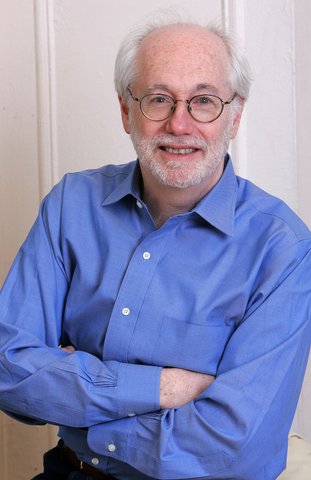
David Nasaw is an American author, biographer and historian who specializes in the cultural, social and business history of early 20th Century America. Nasaw is on the faculty of the Graduate Center of the City University of New York, where he is the Arthur M. Schlesinger Jr. Professor of History.
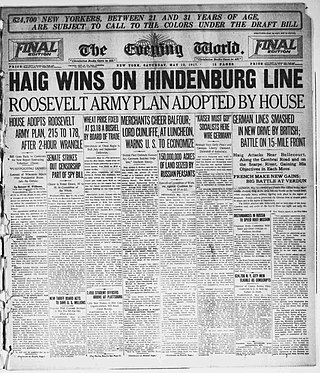
The Evening World was a newspaper that was published in New York City from 1887 to 1931. It was owned by Joseph Pulitzer, and served as an evening edition of the New York World.
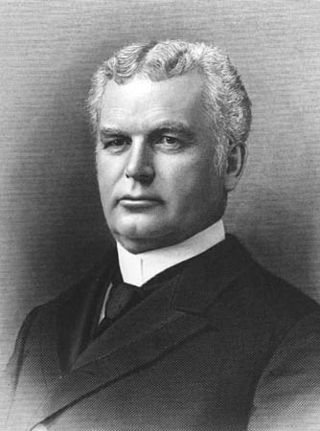
Hugh Joseph Chisholm I was a Canadian industrialist who later became a citizen of the United States. He was born in Chippawa, Canada West, to parents of Scottish ancestry. His early years as an entrepreneur in the news distribution business provided a foundation for his later accomplishments in the pulp and paper industry. His founding and leadership of pulp and paper, fibre-ware, and light and power companies as well as banks and railways made him a dominant figure in Maine industry. His legacy went beyond his reputation as a capitalist, however; he created the first forest management program for International Paper Company and developed a planned community for the workers in his mills which was a model for the nation.
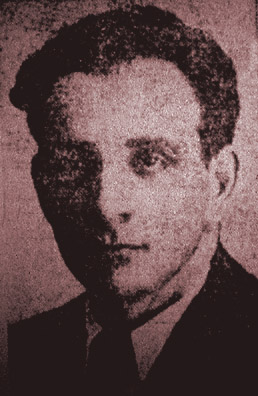
William Wolf Weinstone (1897–1985) was an American Communist politician and labor leader. Weinstone served as Executive Secretary of the unified Communist Party of America, the forerunner of today's Communist Party USA, from October 15, 1921, to February 22, 1922, and was an important figure in the party's activities among the auto workers of Detroit during the 1930s.

Newsboys' Home is a 1938 crime film that starred Jackie Cooper and The Little Tough Guys.
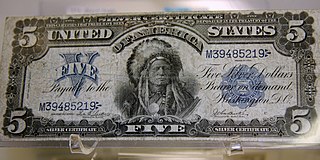
Events from the year 1899 in the United States.
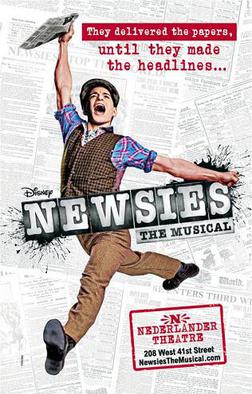
Newsies: The Musical is a musical with music by Alan Menken, lyrics by Jack Feldman, and a book by Harvey Fierstein. The show is based on the 1992 musical film of the same name, which in turn was inspired by the real-life Newsboys Strike of 1899 in New York City, with Fierstein's script adapted from the film's screenplay by Bob Tzudiker and Noni White.

A newspaper hawker, newsboy or newsie is a street vendor of newspapers without a fixed newsstand. Related jobs included paperboy, delivering newspapers to subscribers, and news butcher, selling papers on trains. Adults who sold newspapers from fixed newsstands were called newsdealers, and are not covered here. The hawkers sold only one newspaper, which usually appeared in several editions a day. A busy corner would have several hawkers, each representing one of the major newspapers. They might carry a poster board with giant headlines, provided by the newspaper. The downtown newsboy started fading out after 1920 when publishers began to emphasize home delivery. Teenage newsboys delivered papers on a daily basis for subscribers who paid them monthly. Hawkers typically purchased a bundle of 100 copies from a wholesaler, who in turn purchased them from the publisher. Legally every state considered the newsboys to be independent contractors, and not employees, so they generally were not subject to child labor laws.
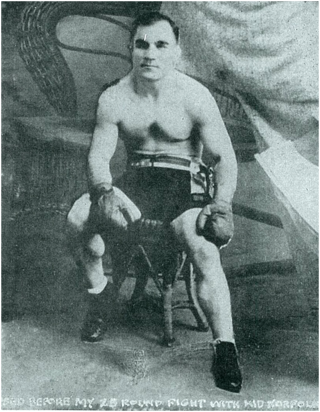
Abe "The Newsboy" Hollandersky was an American professional boxer who won the Panamanian national Heavyweight Title when he defeated Californian Jack Ortega in nine rounds in Panama City on May 30, 1913. American congressmen, Naval personnel, and canal workers were among the crowd of nearly two thousand who watched Hollandersky gain victory over an opponent who outweighed him by over thirty-five pounds. The New York Times announced Hollandersky's best known win the following morning.
Robert "Bob" Tzudiker is an American screenwriter and actor. Tzudiker is best known for co-creating and writing the screenplay for Newsies along with his wife Noni White, which was based on the real-life Newsboys' strike of 1899. Newsies began as a "classic underdog story ripped from the history books", with writers White and Tzudiker approaching producer Michael Finnell with an idea for a nonmusical drama; however, Disney studio head Jeffrey Katzenberg redirected the project to become a musical.
Noni White is an American screenwriter and actress. White is best known for co-creating and writing the screenplay for Newsies along with her husband Bob Tzudiker, which was based on the real-life Newsboys' strike of 1899. Newsies began as a "classic underdog story ripped from the history books", with writers Tzudiker and White approaching producer Michael Finnell with an idea for a nonmusical drama; however, Disney studio head Jeffrey Katzenberg redirected the project to become a musical.

















